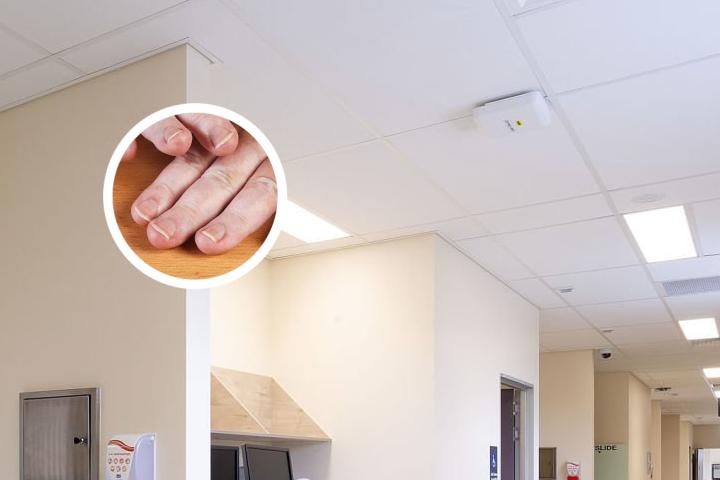Black melanocyte degeneration is commonly known as vitiligo, which is characterized by depigmentation of the skin. Vitiligo is an autoimmune disorder that results in the destruction of melanocytes, the cells responsible for producing pigment in the skin. The loss of these cells leads to the development of white patches on the skin, hair, and mucous membranes.

Although black melanocyte degeneration is a symptom of vitiligo, it is not a synonym for the condition. There are other conditions in which melanocyte degeneration occurs, such as piebaldism, Waardenburg syndrome, and albinism. However, vitiligo is the most common cause of black melanocyte degeneration.
The exact cause of vitiligo is not known, but research suggests that it is an autoimmune disorder where the immune system attacks and destroys melanocytes. Factors such as genetic predisposition, stress, and environmental triggers may contribute to the development of vitiligo.
There are several types of vitiligo, including focal, segmental, and generalized. Focal vitiligo affects only a few areas of the body, while segmental vitiligo affects one side of the body. Generalized vitiligo affects both sides of the body, and is the most common type.
Treatment for vitiligo depends on the severity and location of the depigmented patches. Topical corticosteroids, calcineurin inhibitors, and vitamin D analogs can be used to repigment the affected skin. Light therapy, such as narrowband UVB phototherapy and excimer laser therapy, can also be effective in stimulating melanocyte growth. In severe cases, skin grafting or micropigmentation may be considered.
In conclusion, black melanocyte degeneration is a symptom of vitiligo, but it is not a synonym for the condition. Vitiligo is an autoimmune disorder that results in the destruction of melanocytes, leading to depigmentation of the skin. Treatment options for vitiligo include topical medications and light therapy, and in severe cases, skin grafting or micropigmentation may be considered.










